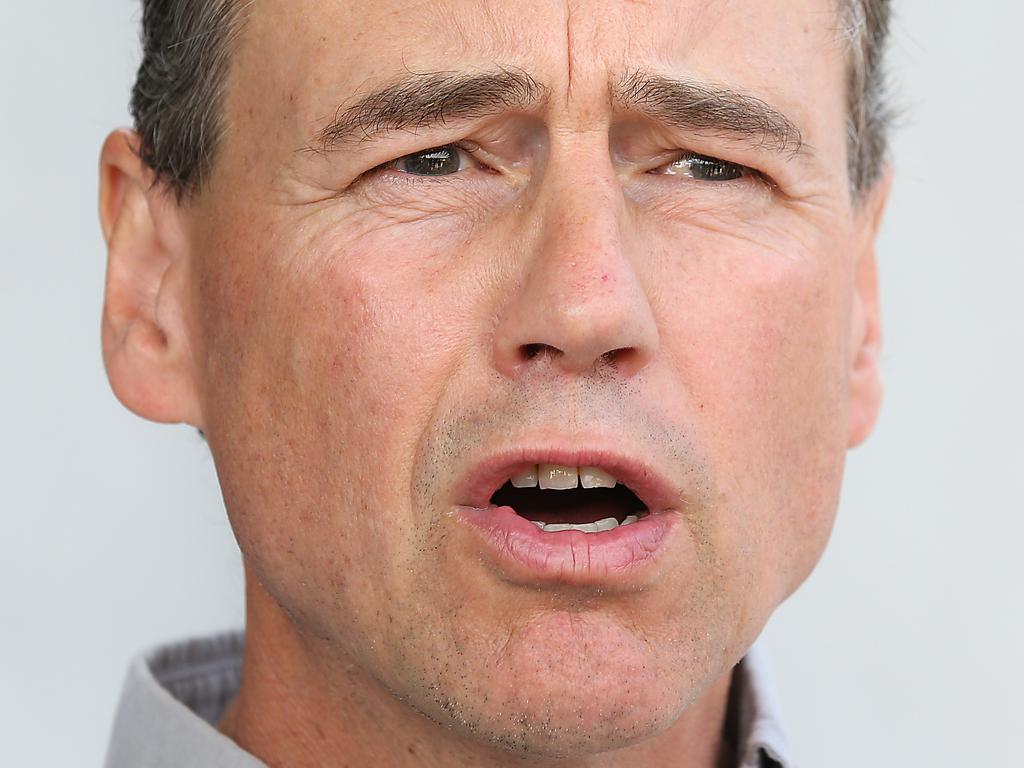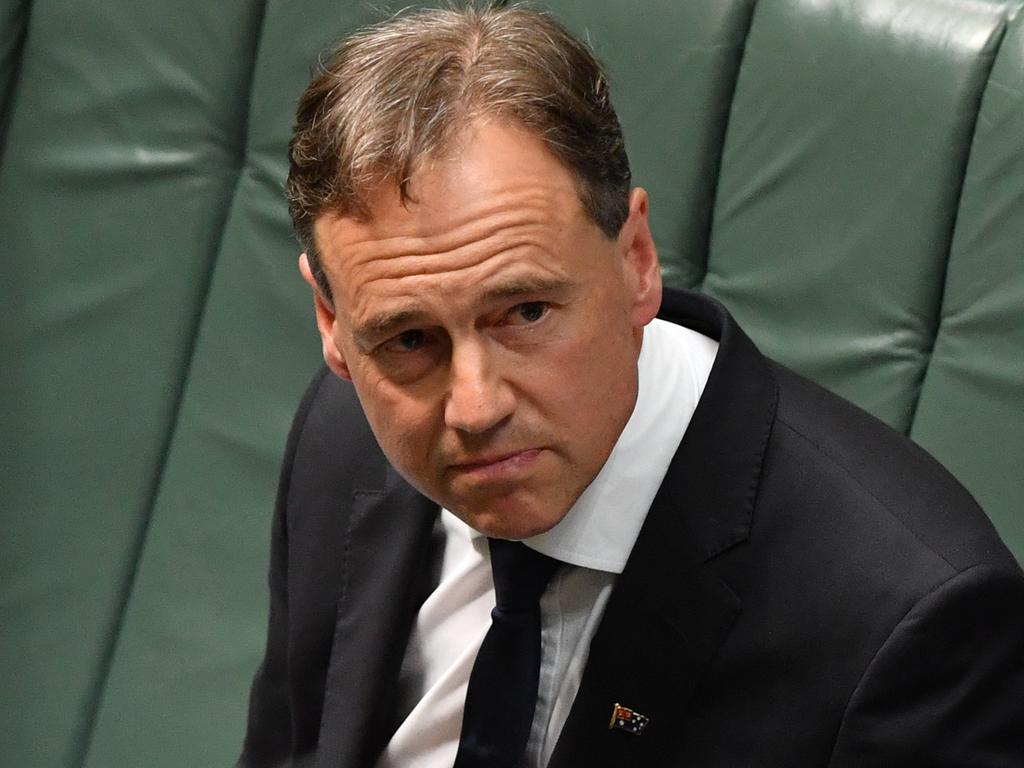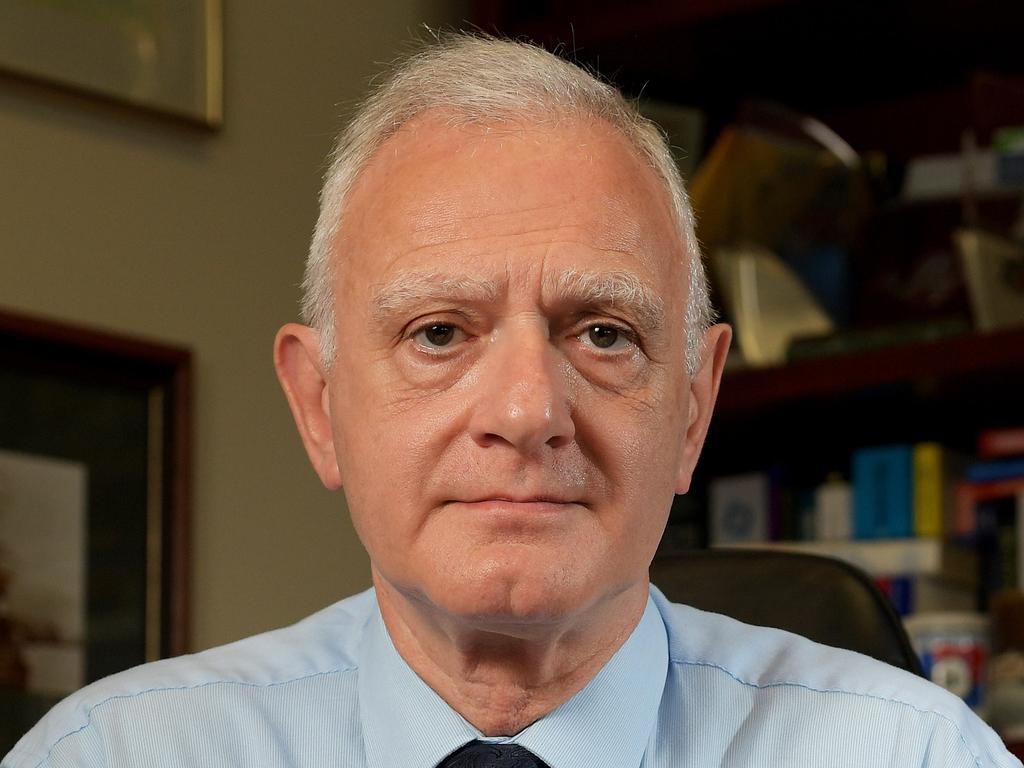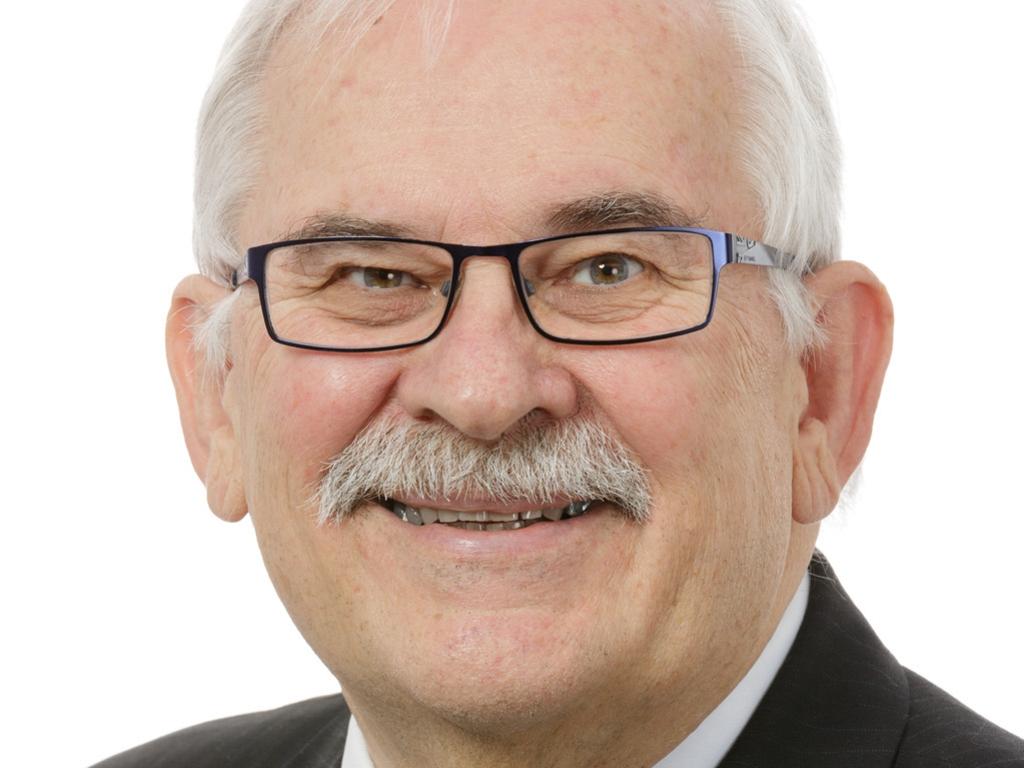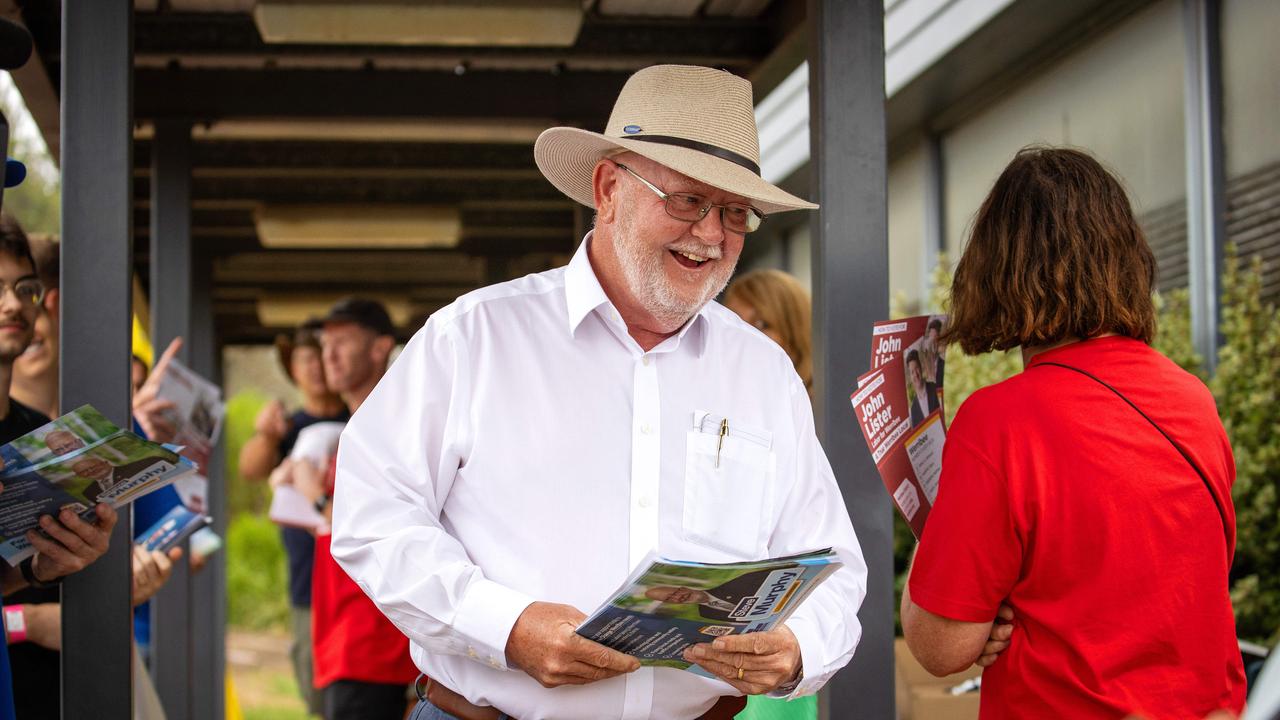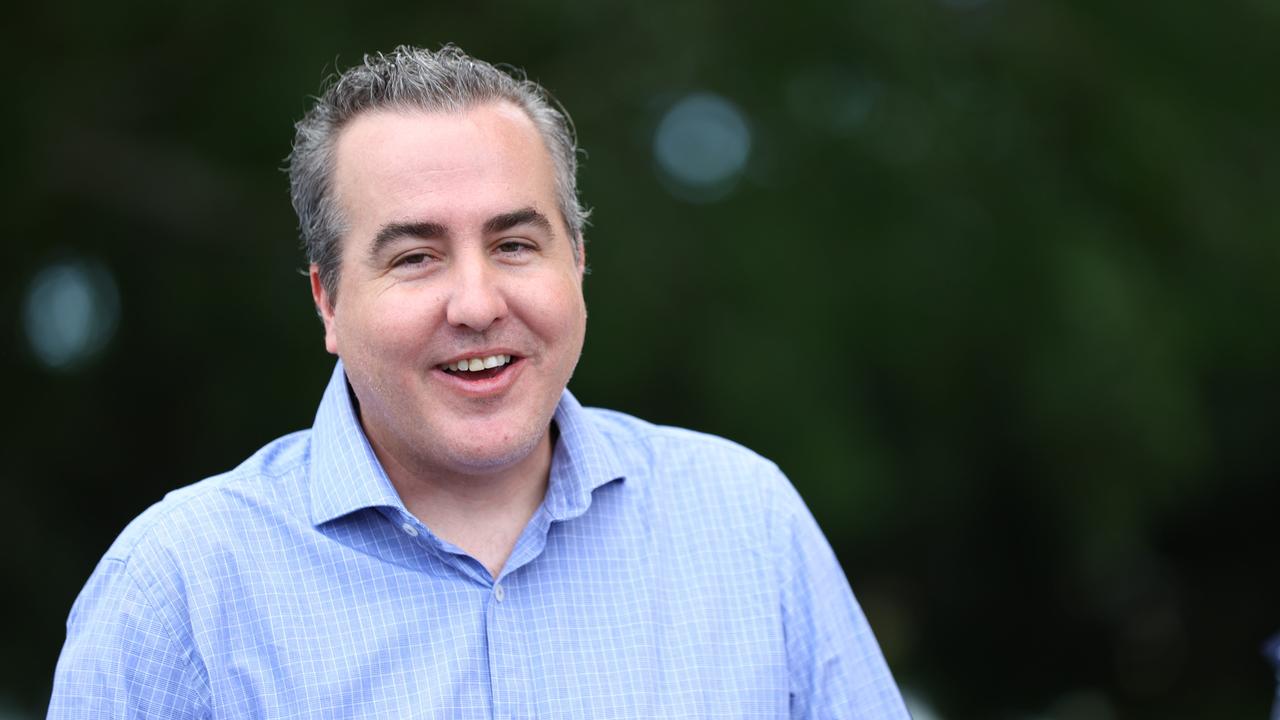Hospital overload ‘fuelled by GP rebate’
A too low Medicare rebate is prompting tens of thousands of people each year to flood emergency departments.
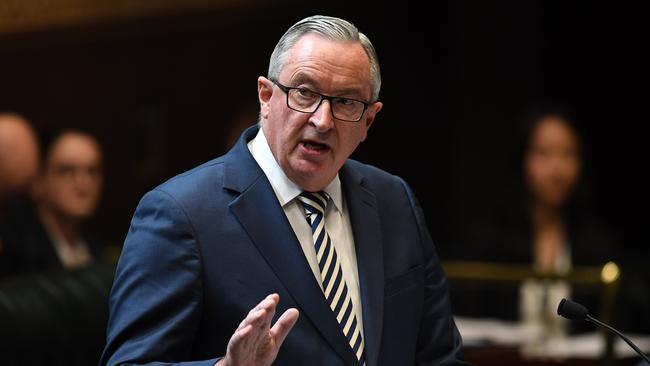
The Medicare rebate for GP consultations is too low, prompting tens of thousands of people each year to flood emergency departments and discouraging young doctors from training in general practice.
That’s the view of NSW Health Minister Brad Hazzard, who says health systems around the nation need a “complete restructure”, starting with adjustments to Medicare. “Every state and territory jurisdiction is facing increased pressure on emergency departments,” he said. “Obviously one of the major contributing factors is the lack of a reasonable increase in Medicare rebates for general practitioners. There is inadequate recompense for GPs.
“Many of them are now charging a gap fee, which for an average consultation can range from $30 to $100. That is contributing to a substantial increase in people presenting to emergency departments with issues that clearly aren’t emergencies.”
The Medicare rebate for standard GP consultations lasting less than 20 minutes is $38.20. For longer consultations up to 40 minutes, the rebate is $73.95.
The Australian Medical Association has issued a fresh warning that public hospitals are “stretched to the max” with big increases in presentations to emergency departments and ballooning waiting lists for elective surgery.
Mr Hazzard said emergency departments of hospitals across NSW were being inundated, and in regional areas many patients presented to hospital because they were unable to access GPs.
“We are being slammed at major hospitals in Sydney by increasing numbers of patients coming to our emergency departments when they should have been going on any objective criteria to their local GP.
“We need to look really closely at why that is occurring but I suspect at least a substantial number are doing it because they get the service at taxpayers’ expense.
“Full marks to our emergency department staff at our major hospitals because generally they have been copping it big-time but have been working in a way that is quite unbelievable and achieving very good outcomes. It’s a very tough gig, and it can’t continue the way it is. It is not feasible.”
The federal government ended a freeze on Medicare rebates for GP services last year, allowing annually indexed increases in Medicare Benefits Schedule fees to resume. It provided $187m to increase patient rebates for 176 GP service items on the MBS, including chronic disease management plans and mental health services.
Medicare funding by the federal government is set to increase to $30.7bn by 2022-23.
However, some doctors groups believe rebates for standard consultations are still too low, prompting patients to seek treatment at hospital.
Nationally, the number of patients presenting at emergency departments at public hospitals has increased by almost one million since 2014-15. In the past year, 30 per cent of patients waited more than four hours to be seen.
NSW hospitals treated almost three million cases at emergency departments in 2018-19.
The AMA is calling for a renewed focus on primary care and preventive health to ease the pressure on hospitals. The call comes as state and territory ministers negotiate a new National Health Reform Agreement with the federal government.
One issue of intensive government focus in recent months has been the shortage of GPs in many regional towns, as well as in some city areas. There was a 30 per cent vacancy rate in GP training positions nationally in the past year.
“What I’m seeing is young doctors being more attracted to going into specialised practices, and a lot of that is because they know they’ll be expected to work under enormous pressure in a GP practice for what they consider inadequate recompense,” Mr Hazzard said.
“My sympathies are with the GPs on that. And when you move into regional areas, there is a complete lack in many areas of GPs and we absolutely have to look at making regional or rural practice more attractive.”
The Australian has reported on an initiative backed by the federal government to formally recognise “rural generalist” as a distinct medical specialty.


